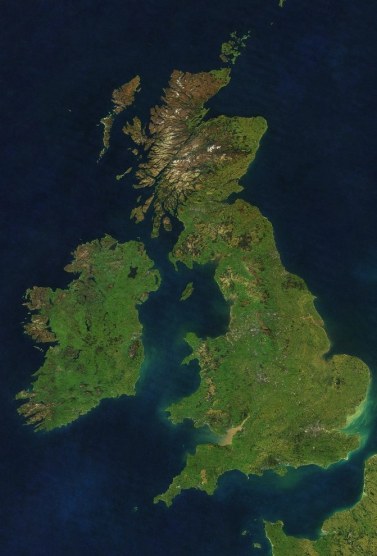.
.
by Stephen Oppenheimer
(Stephen Oppenheimer’s books “The Origins of the British: A Genetic Detective Story” and “Out of Eden: The Peopling of the World” are published by Constable & Robinson)
.
The fact that the British and the Irish both live on islands gives them a misleading sense of security about their unique historical identities. But do we really know who we are, where we come from and what defines the nature of our genetic and cultural heritage? Who are and were the Scots, the Welsh, the Irish and the English? And did the English really crush a glorious Celtic heritage? Everyone has heard of Celts, Anglo-Saxons and Vikings. And most of us are familiar with the idea that the English are descended from Anglo-Saxons, who invaded eastern England after the Romans left, while most of the people in the rest of the British Isles derive from indigenous Celtic ancestors with a sprinkling of Viking blood around the fringes.Yet there is no agreement among historians or archaeologists on the meaning of the words “Celtic” or “Anglo-Saxon.” What is more, new evidence from genetic analysis (see note below) indicates that the Anglo-Saxons and Celts, to the extent that they can be defined genetically, were both small immigrant minorities. Neither group had much more impact on the British Isles gene pool than the Vikings, the Normans or, indeed, immigrants of the past 50 years.The genetic evidence shows that three quarters of our ancestors came to this corner of Europe as hunter-gatherers, between 15,000 and 7,500 years ago, after the melting of the ice caps but before the land broke away from the mainland and divided into islands. Our subsequent separation from Europe has preserved a genetic time capsule of southwestern Europe during the ice age, which we share most closely with the former ice-age refuge in the Basque country. The first settlers were unlikely to have spoken a Celtic language but possibly a tongue related to the unique Basque language.











